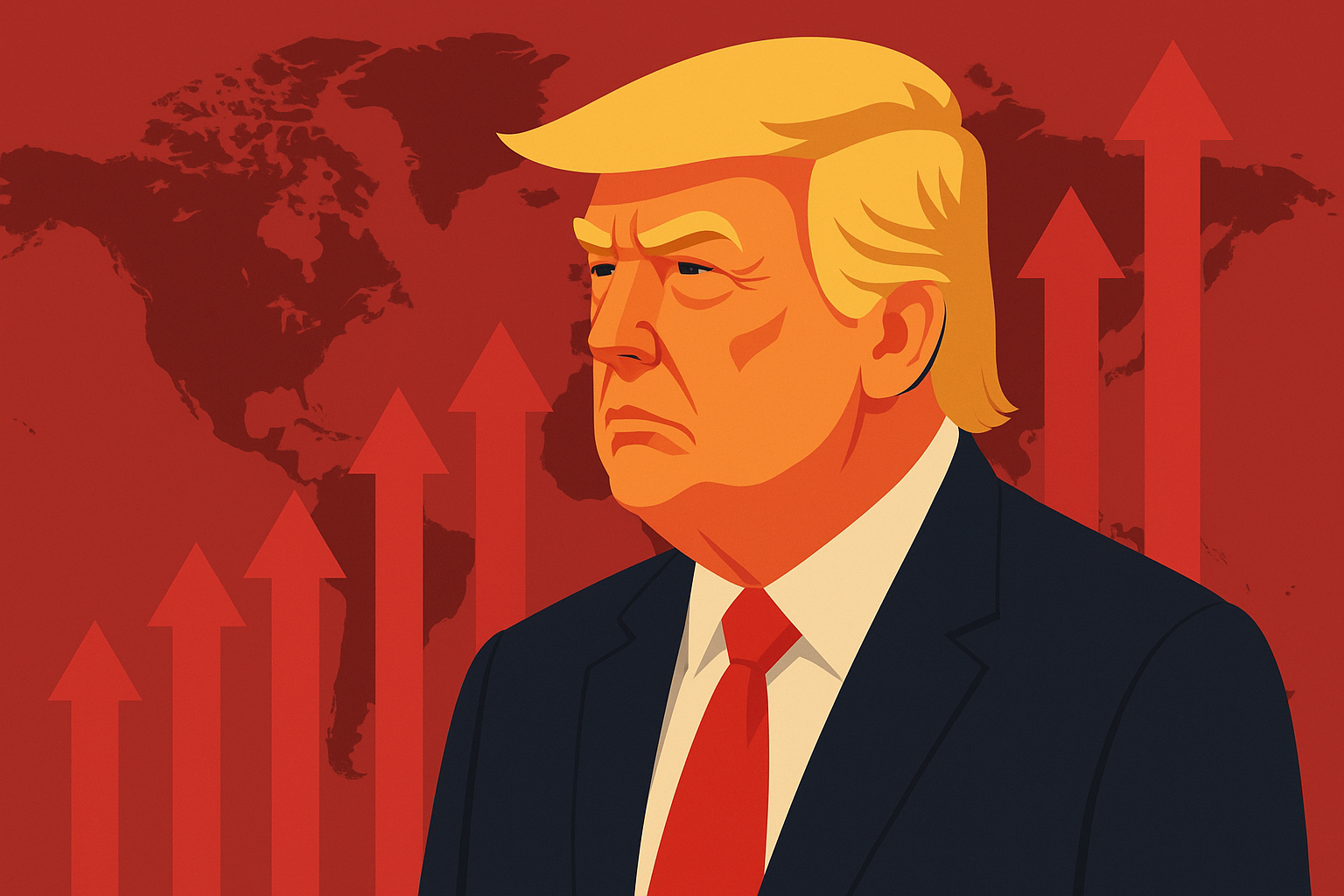President Donald Trump announced a new wave of tariffs on 14 countries on July 7, signaling a significant escalation in his administration’s protectionist trade agenda. The announcement, delivered through individual letters to each affected country, also included an extension of previously delayed tariffs until August 1.
Under the new measures, the U.S. will impose the following tariffs beginning August 1:
- 25% tariffs on goods from Malaysia, Tunisia, Kazakhstan, Japan, and South Korea
- 30% tariffs on South Africa, Bosnia and Herzegovina
- 32% tariffs on Indonesia
- 35% tariffs on Serbia and Bangladesh
- 36% tariffs on Cambodia and Thailand
- 40% tariffs on Laos and Myanmar
These tariffs build upon the universal 10% import tax the U.S. currently levies on products from about 180 nations. Trump has defended the new tariffs as essential to “rejuvenating U.S. manufacturing” and reducing “unsustainable” trade deficits. In his letters to foreign leaders, Trump warned that any retaliatory tariffs would be met with an equivalent increase on top of the new U.S. rates.
“If for any reason you decide to raise your tariffs, then whatever the number you choose to raise them by will be added onto the 25% that we charge,” Trump wrote.
The decision also postpones the implementation of a set of “reciprocal” tariffs initially announced on April 2 — dubbed “Liberation Day” by the White House — that were temporarily paused in response to market instability. Those tariffs had been scheduled to take effect on July 9, but will now begin on August 1.
White House Press Secretary Karoline Leavitt confirmed the delay in a briefing, stating, “The president will sign an executive order extending the tariff pause to August 1, and additional letters outlining the updated tariff rates will be sent to foreign governments over the next month.”
Leavitt emphasized that the selection of targeted countries was entirely at the president’s discretion: “It’s the president’s prerogative, and those are the countries he chose.”
The new rates largely mirror the original Liberation Day tariffs, although some adjustments have been made — notably, Cambodia’s rate was reduced from 49% to 36%.
Additionally, Trump issued a 10% blanket tariff warning to BRICS-aligned nations, including Brazil, Russia, India, China, and South Africa, stating there would be “no exceptions” for countries within the bloc.
The administration had initially projected rapid progress on securing bilateral trade deals, with White House trade adviser Peter Navarro asserting that 90 deals would be finalized in 90 days. However, the results have been limited. As of July 7, only two agreements — with the United Kingdom and Vietnam — have been finalized, and a tentative framework has been reached with China.
Leavitt denied that the delay signals difficulties in the negotiations. “This is not a setback,” she insisted. “This administration is acting in the best interest of American workers, manufacturing, and the middle class. The timeline reflects our commitment to achieving high-quality agreements.”
Markets reacted negatively to the announcement, with major indices falling in early trading amid investor concerns about potential retaliatory actions and disruptions to global supply chains.
More tariff notifications are expected in the coming weeks as the Trump administration continues to pursue its trade realignment strategy.



